It seems we can’t find what you’re looking for. Perhaps searching can help.
Sign Up for newsletter!
Subscribe to get the latest eBook!
Hotline






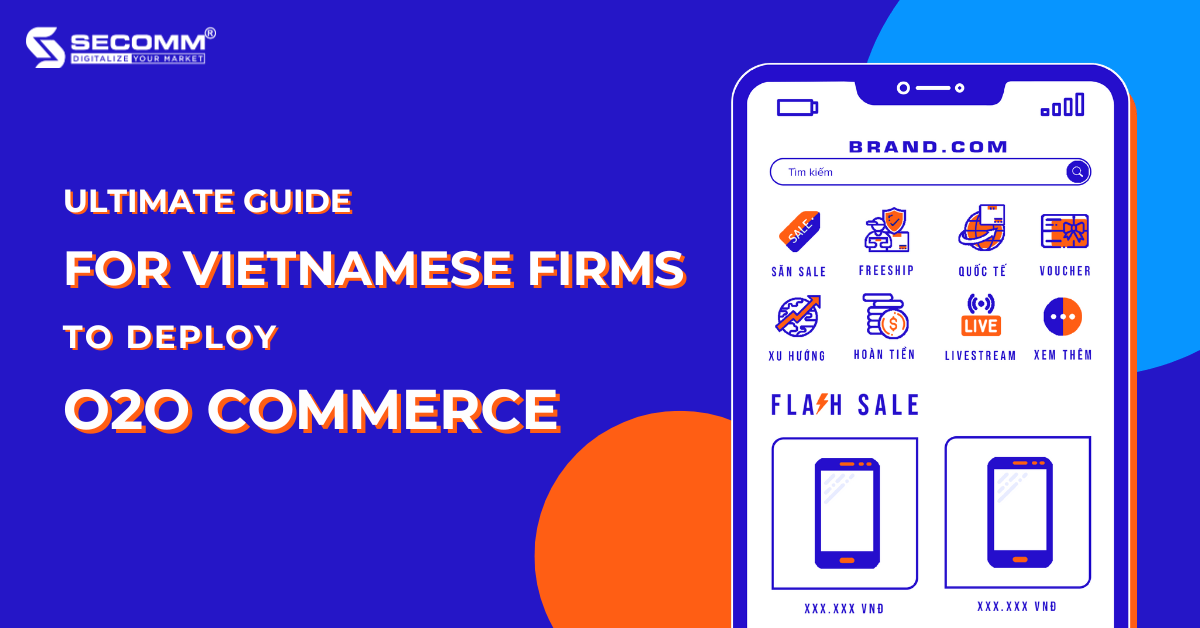
According to data compiled by Statista, over 82% of retail sales take place in brick-and-mortar stores. Within that, more than 81% of customers have spent time researching products online before deciding. This demonstrates both online and offline business activities must be aligned for the optimized overall operation. That means you, as a business, need to consider implementing an O2O commerce strategy in line with your business goals and capabilities.
To establish objectives, it’s important to determine your vision for O2O commerce implementation. It represents the future look that you aim to achieve, and then you will set specific and measurable goals. You can also use SWOT to make sure you understand your strength, weakness, opportunity, and threats.
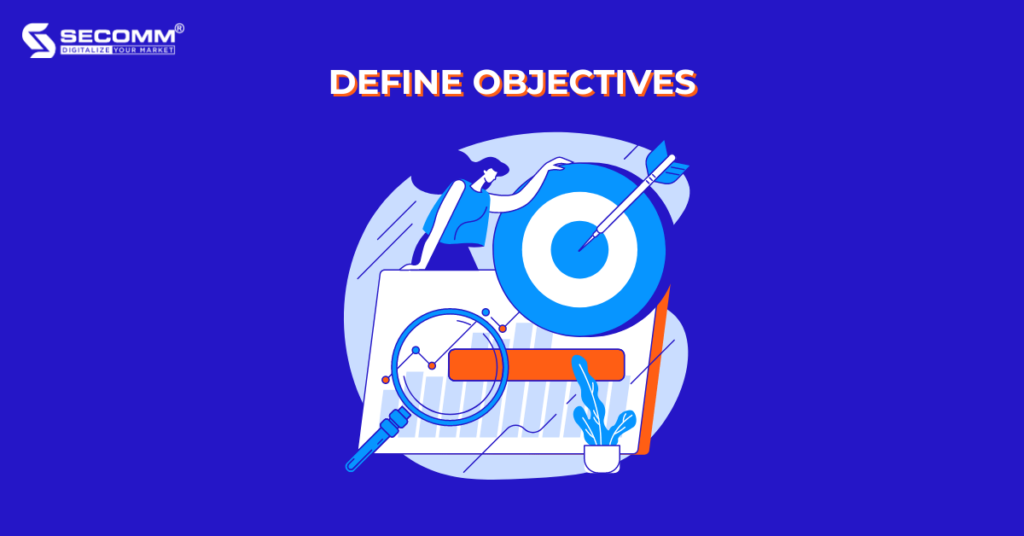
Clear objectives will keep you focused on what is important, minimize risks, and achieve O2O commerce success.
Next is to work with your team to develop O2O strategies to achieve the established objectives.
You can use performance analysis software to measure and analyze, identifying pain points and touchpoints throughout the purchasing journey. This way, you can determine which O2O model to implement and which channels are suited for the chosen model.
After choosing your business model, you will select resources to facilitate O2O commerce.
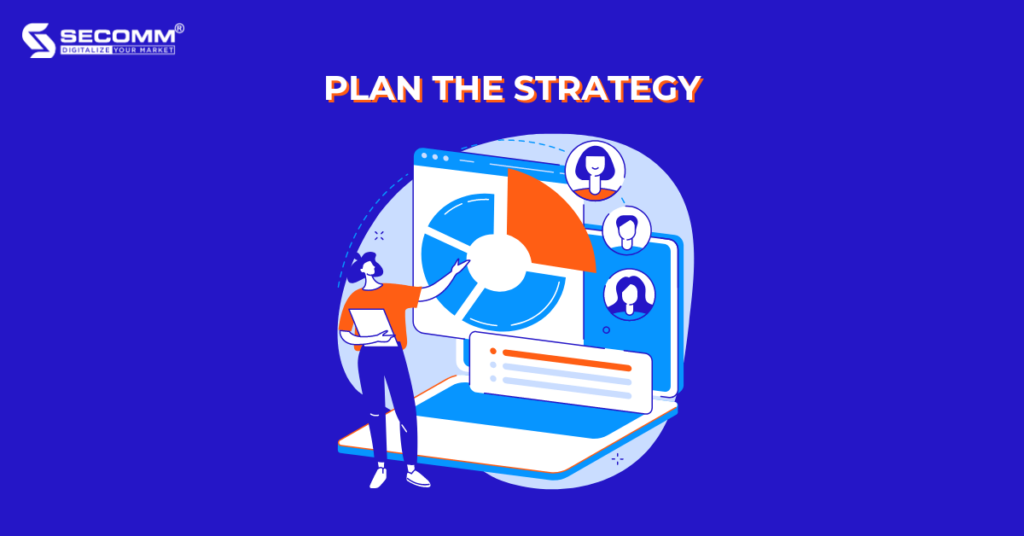
Here are 3 great ways to pool resources:
Number 1. Plan to build your in-house team for both online and offline sales channels
Pros: You can manage and shape your team to develop the business the way you want
Cons: It requires significant costs and time to recruit and train your in-house team, making your market entry to be slower than the competition.
Number 2. Collaborate with an O2O-experienced developer
Pros: You can learn a lot from your partner
Cons: It’s not easy to find trustworthy and professional partners with expertise that suits your needs.
Number 3. Facilitate the O2O commerce with an expert developer along with building the in-house team to maintain it.
Pros: You can quickly develop the O2O system and control it in the long run
Cons: It takes time to find a trustworthy vendor, as well as the costs to recruit and train your in-house team.
Those approaches can help you in effectively outlining your O2O commerce plan, encompassing aspects such as budget allocation and implementation timeline.
Typically, businesses that implement O2O strategies are those that already have an existing offline business system. However, to effectively fulfill O2O orders you must optimize your offline commerce capabilities. The optimized offline system will strengthen your O2O operations with some management software such as POS, CRM, ERP, and PIM instead of using manual management processes relying on paperwork or Microsoft Office tools (Word, Excel, OneNote, Access, etc).
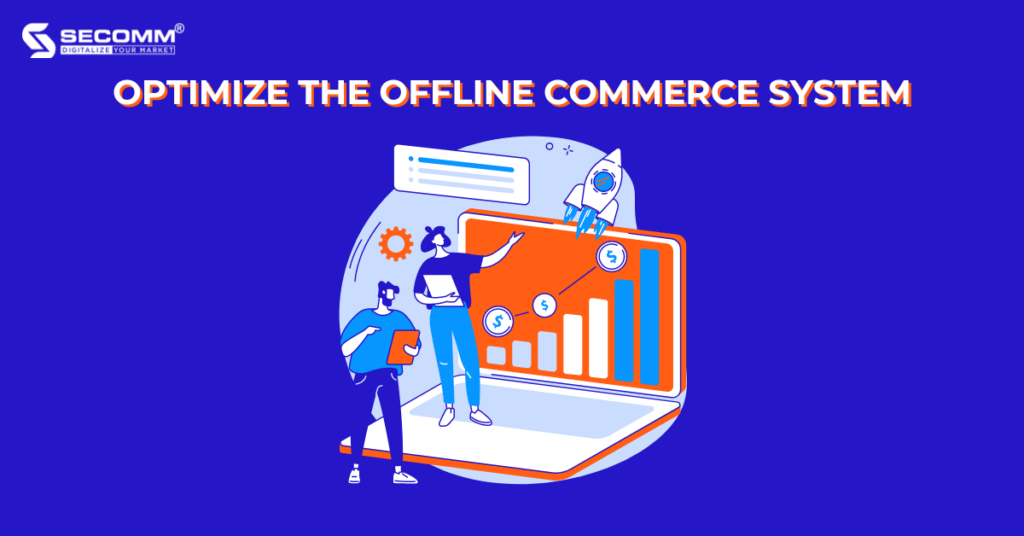
POS (Point of Sale) is where the buying and selling transactions take place. A POS system combines hardware and software to create a complete transaction process. Some popular POS systems include Magestore, mPOS, VNPAY, and KiotViet.
ERP (Enterprise Resource Planning) is software that helps plan and manage all operations of a business. Some world-renowned ERPs include Odoo, Sage, TomERP, Oracle, and SAP.
CRM (Customer Relationship Management) is a software that allows you to manage information and interaction of your existing and prospective customers. CRM helps you to collect, store, and analyze customer data to improve customer interactions and enhance sales capabilities. You can use CRM tools like Salesforce, HubSpot, Zendesk, Zoho, and Pipedrive.
PIM (Product Information Management) is a system used to store and manage your business’s product information in a centralized manner. Product information includes technical specifications, descriptions, images, videos, size and color information, multilingual product descriptions, and other relevant information needed by marketers or sales staff. There are some popular PIM solutions including Pimworks, Salsify, Akeneo, and Inriver.
Depending on the current level of digitization in your offline operations, you can consider upgrading existing systems, transitioning to different platforms, or implementing additional suitable software solutions.
Typically, building the online commerce system including websites, and apps, you can choose between 2 types of platforms: SaaS and Open Source.
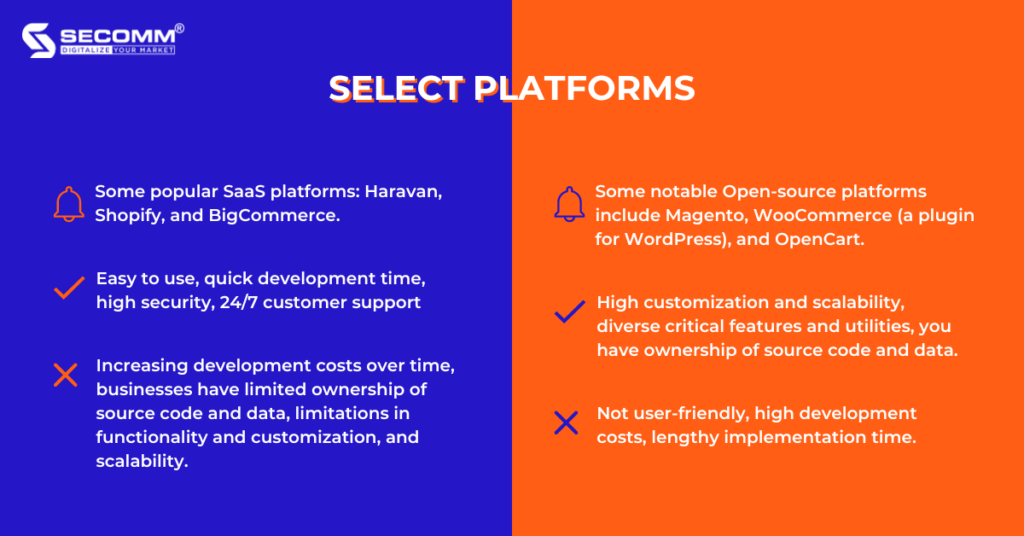
SaaS (Software as a Service) platform is a service delivery model where the website system is provided as software. In this model, data is stored on the provider’s server, and the platform is responsible for handling technical issues for the business.
Some popular SaaS platforms: Haravan, Shopify, and BigCommerce.
The SaaS platform is often a popular choice for startups or SMEs (Small and Medium-sized Enterprises) due to its reasonable cost and implementation time.
The Open Source platform refers to software with publicly available source code that can be used by anyone free of charge. Open-source platforms are the optimal choice for businesses to develop comprehensive websites and apps.
Some notable Open-source platforms include Magento, WooCommerce (a plugin for WordPress), and OpenCart.
The Open-source platform is the perfect choice for enterprise-level businesses requiring complex customization due to its high flexibility and scalability.
In addition, you can also build your store on popular eCommerce marketplaces such as Shopee, Lazada, Tiki, Sendo, and Amazon. Marketplaces give you a great opportunity to reach out to a wide pool of potential customers and increase sales. Moreover, using eCommerce marketplaces helps you save costs on ads, shipping, and customer relationship management (CRM).
To succeed on marketplaces, you will need optimized store pages and an effective strategy. It’s easier said than done, however, relying on eCommerce marketplaces in the long run may result in a loss of control over customers and their data. Marketplaces will have their own policies regarding customer data management and contact information making it difficult for you to directly access their customers and may lose these potential customers to your competition.
Overall, to effectively implement O2O commerce, you can choose to develop an online system alongside your offline system or proceed with it after getting the offline system done.
After choosing the platform to build the O2O e-commerce website and app, you will create the UI/UX design that aligns with your brand’s characteristics.

There are 3 recommended approaches:
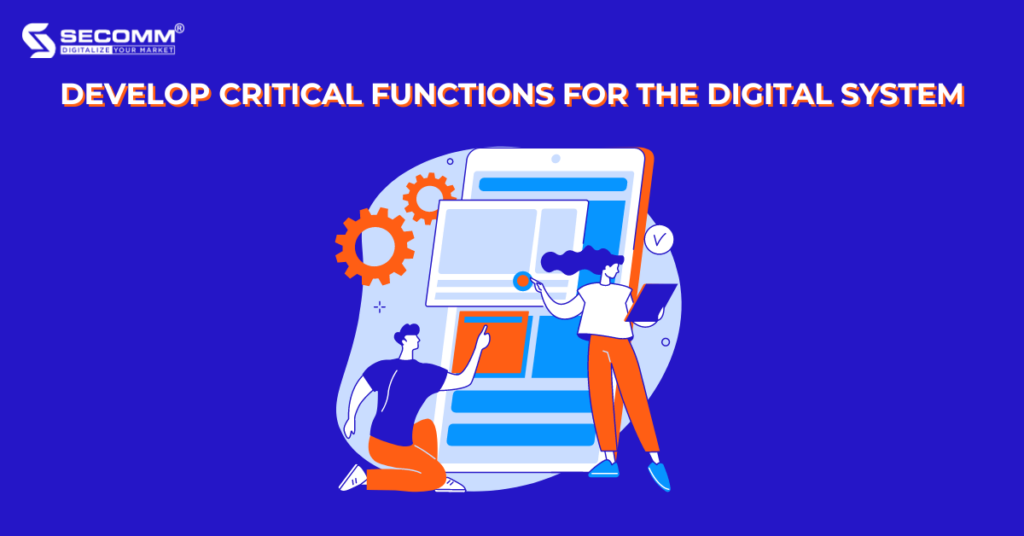
After you’ve done with your design, it’s time to develop some critical functions for both eCommerce website and app implementation. Below are a few suggestions:
Testing serves as a vital undertaking to help you uncover any lurking bugs that may emerge within a website and app, all in the pursuit of aligning the entire system seamlessly with the precise demands of your business. By doing testing, you will not only grant a comprehensive overview of your project but also provide the means to evaluate targets and even proactively manage risks as you navigate the realm of eCommerce.
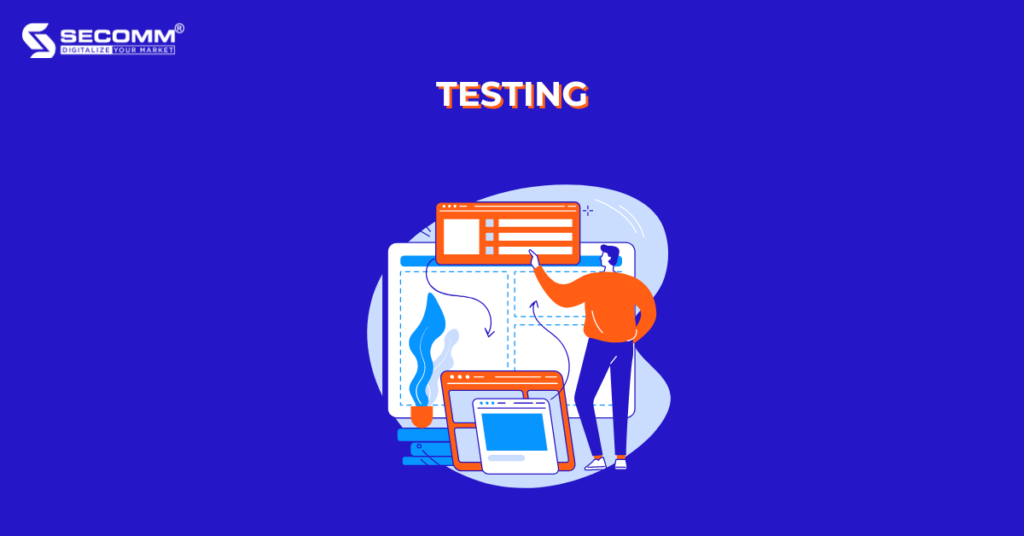
There are several testing methods:
In general, conducting testing based on test scenarios is an important step that helps you ensure quality and provides a solid foundation for a smooth operation.
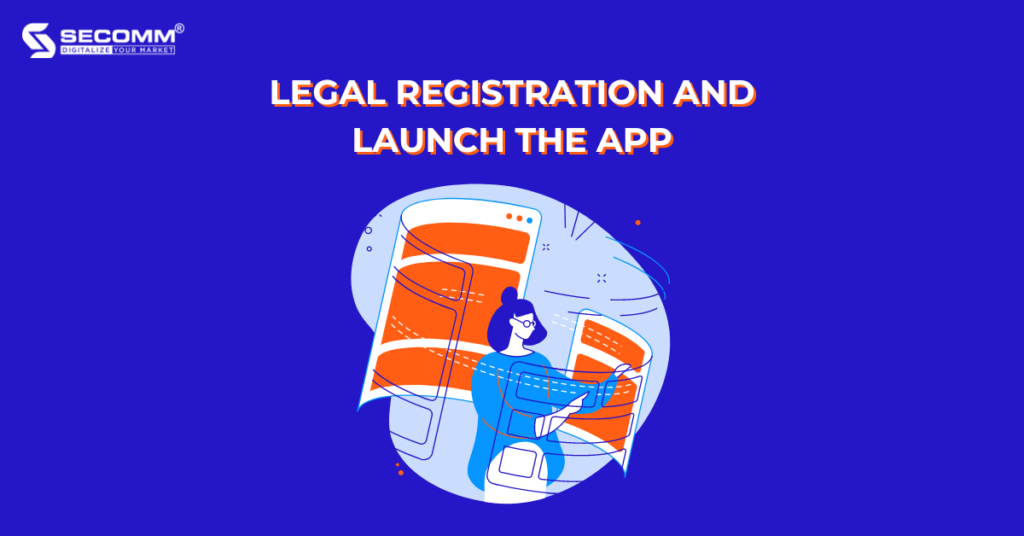
The final step to developing the online capabilities is to complete the legal procedures to make sure your eCommerce operation is legit. You can follow the step-by-step guide in the eCommerce Management Portal.
This is a mandatory requirement set by the Vietnamese Ministry of Industry and Trade for individuals or organizations having online businesses to fulfill their obligation to register/notify within the specified timeframe.
To publish the applications on these platforms, you need to follow these steps:
By pushing the app to Google Play and the App Store, you take one closer step to mobile users.
After facilitating your O2O commerce system, it’s time to take a look at the collected data to measure its performance for further critical decisions. Several tools can be integrated into your business system such as Google Search Console, Google Analytics, Facebook Pixel, TikTok Tracking Pixel, and more.
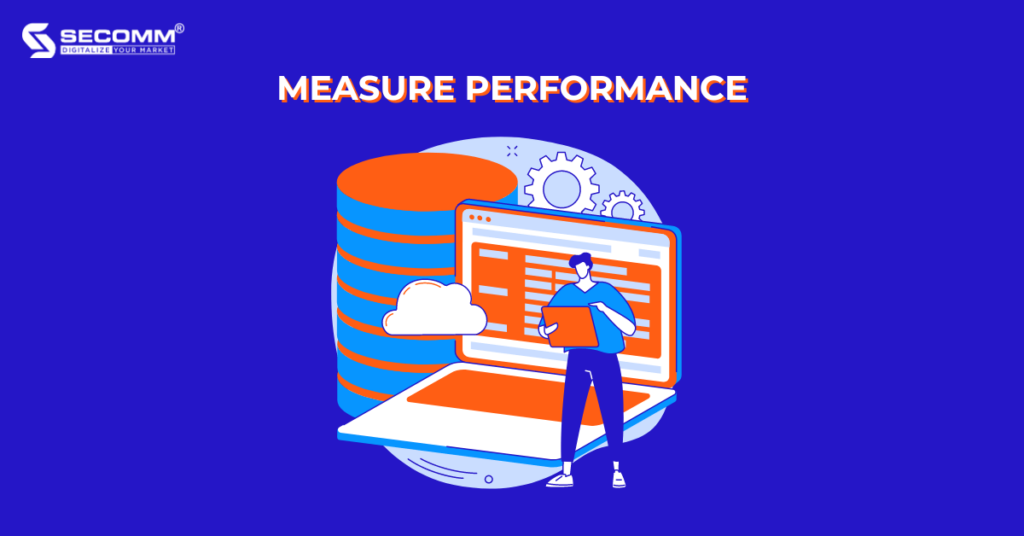
Moreover, you can integrate BI (Business Intelligence) tools, which are intelligent management reporting systems, to gather large amounts of data from various sources and use them to make predictions. Some popular BI tools include Magento Business Intelligence, Tableau, Power BI, and Looker.
Having the analysis and reports in place, you can now develop appropriate strategies to optimize customer experience. Some popular strategies include Loyalty Program and Omnichannel.
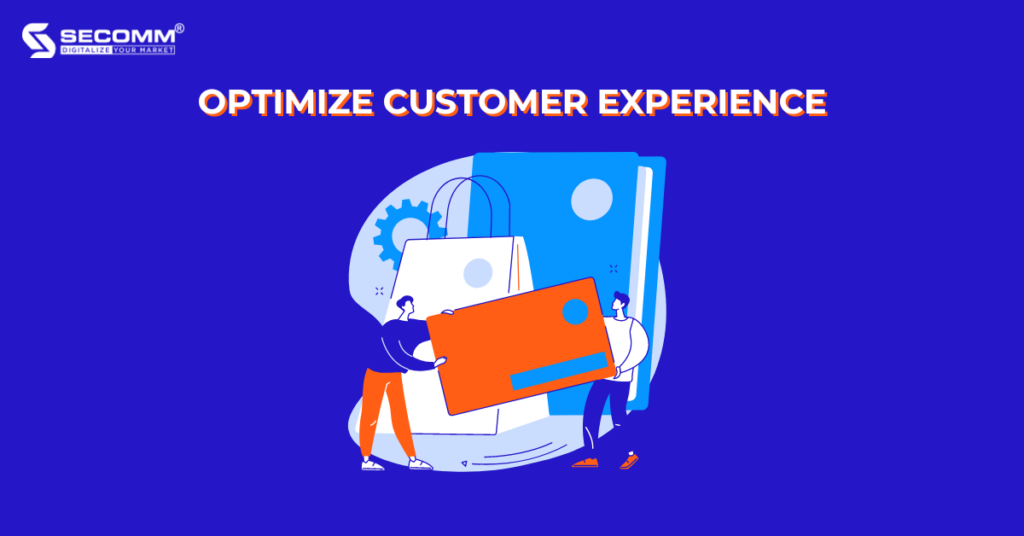
The Loyalty Program is a marketing strategy designed to encourage customers to continue to shop associated with the program. This enriches customer shopping experience and keeps them engaged with your brand.
Omnichannel is a multichannel sales approach that focuses on providing a seamless shopping experience by marketing and selling on all channels where potential customers are present, from mobile devices, social media, and eCommerce websites to brick-and-mortar stores.
Established in 2014, SECOMM is a company specializing in providing O2O commerce solutions. Over the years, SECOMM has accumulated a vast portfolio of O2O commerce projects with large domestic and international clients such as Annam Gourmet, Trentham Estate, and much more.
Regarding O2O commerce solutions, SECOMM offers a diverse range of services to help businesses enhance their competitive capabilities and dominate the retail market in the digital age. These services include Solution Consulting, Team Development, and O2O System Development including:
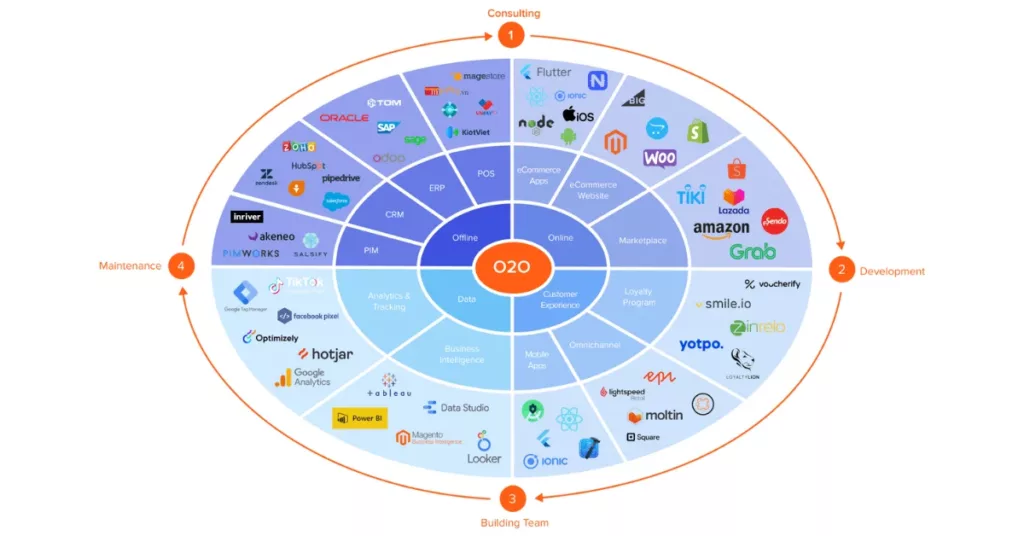
Developing an O2O commerce system to provide a comprehensive experience for customers:
Deploying and integrating management tools and software to efficiently operate business activities for the enterprise.
Building and integrating platforms to support businesses in enhancing customer experience.
Integrating tools to support the analysis and reporting for the business operations.
To learn more about the O2O commerce model as well as the best solutions to conquer the retail market, please contact SECOMM today for a free consultation.
 2
2
 8,476
8,476
 0
0
 1
1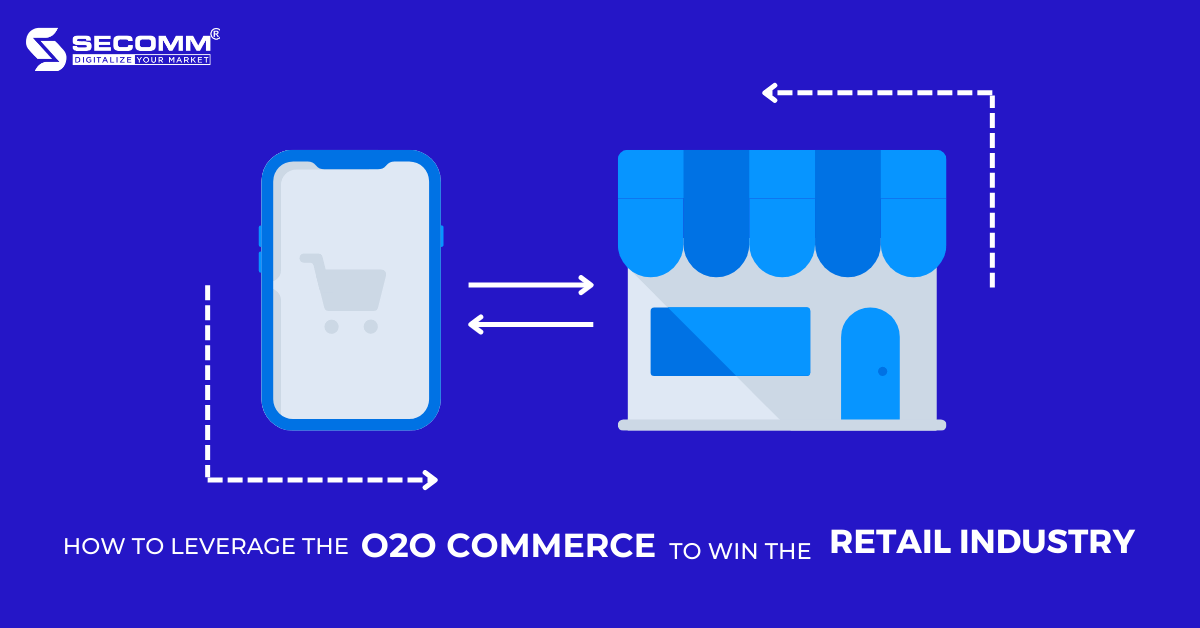
Retails has miraculously recovered from the global pandemic and is expected to make a breakthrough in the years ahead. One of the ways to embrace eCommerce is the O2O model, which combines online and offline operations.
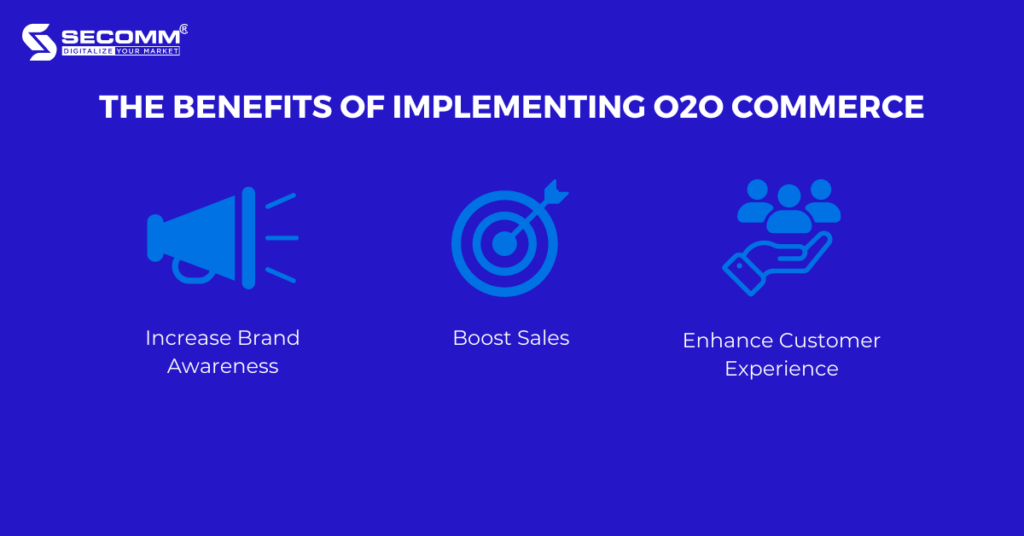
One of the big challenges of physical stores is how to raise brand awareness among potential customers who are far from the store location. Using online-to-offline marketing strategies can increase the public’s awareness of a business’s brand. That way, businesses will be able to reach an influx of customers and boost their awareness of the brand and its products which then lead to higher sales volume and massive revenue.
Despite the rapid development of eCommerce, brick-and-mortar stores still maintain stable sales because many customers still prioritize visiting stores to shop. A recent study indicates 46% of responders said they preferred shopping at a brick-and-mortar store because they want to touch, feel and try the products physically before making purchases. Another interesting fact is customers are likely to spend more money while in the store.
For example, a man comes to a bookstore to buy a notebook, then he looks around and decides to buy some more pens. In case he buys the notebook online, he may only buy it. Thus, the O2O Commerce model is a good choice as businesses can not only use online channels to raise brand awareness but also overcome the limitations of offline channels to earn massive revenue.
The incredible combination of online and offline channels makes the customer shopping experience more seamless and interesting. Online platforms enable consumers to contact brands easily and immediately. When they want to ask for a product’s details, they can send a message through Facebook Messenger or a chatbot on an eCommerce website and the supporting team will answer their questions instantly.
Based on the customer’s data, businesses can offer product recommendations via online channels or the next time customers visit physical stores. In another case, if businesses run ad campaigns, they can notify their customers via online channels, which will help them to reach a larger audience with their online ad campaigns instead of just informing customers when they walk into the store.
BOPIS is not a brand-new way to shop but has been around for a while. Merchants that provide this service can attract online shoppers to visit their brick-and-mortar stores. This way, customers will browse the eCommerce website to search for products, buy them and get notifications when the products are ready to pick up in the physical store. It’s convenient for customers to select a specific time to come to check and get their orders at the store. Merchants gain benefits too with amazing cross-sell and up-sell opportunities.
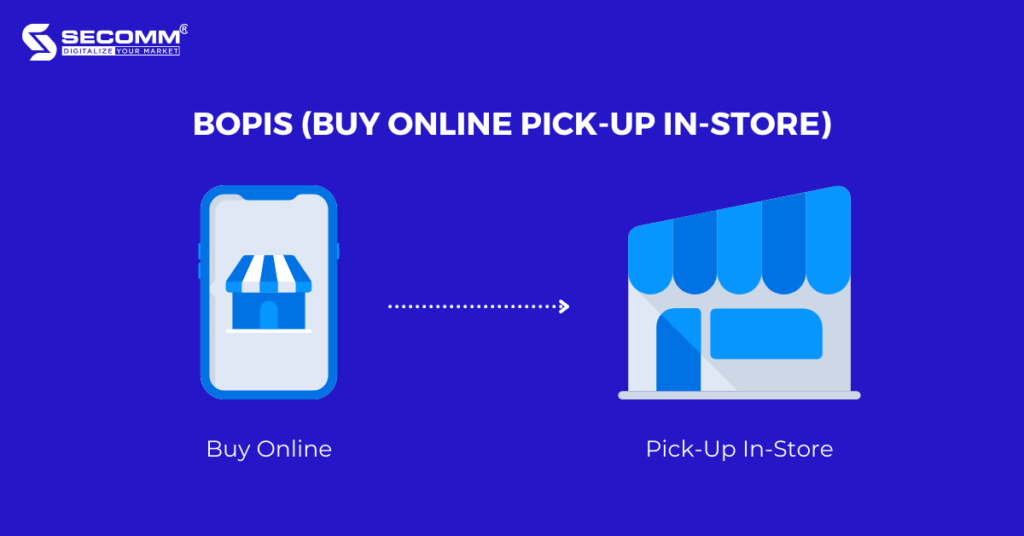
Although BOPIS is great, it may not be every customer’s choice as not everyone likes to go to the store to pick up the products, instead people prefer home delivery rather than the in-store pick-up option. Sometimes, shopping at the store also causes many inconveniences, for example, finding a parking lot to go to the store in a densely populated area, picking up the goods, and returning to the car, seems time-consuming and annoying for busy people.
To solve this problem, merchants can self-deliver if the store location is close enough and convenient for the delivery process to be fast and efficient. Otherwise, collaborating with delivery companies like Giao Hang Nhanh, Giao Hang Tiet Kiem, and so forth, is a good choice when the business resources need to be increased.
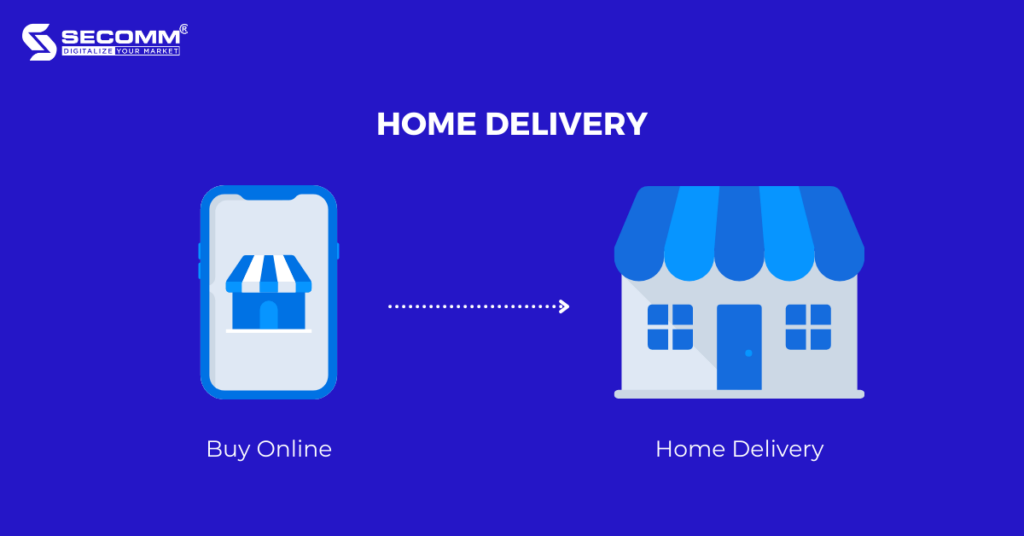
Suppose a customer bought a product online but when receiving it, he realized it didn’t fit his demand. There was a store nearby, so he decided to return the product he bought there. But when he arrived, the staff there didn’t accept his return request because they had no clues of that purchase in the store’s system.
Therefore, he had to return his order to the carrier and wait a long time before receiving his refund. That will make consumers wonder whether they should keep shopping with that merchant next time. Thus, in-store return has become a fantastic offerable solution for customers to avoid the hassle of returning goods. This method simplifies the return process for shoppers and merchants because returns and refunds are processed simultaneously, which means better customer service and a much faster return to stock.
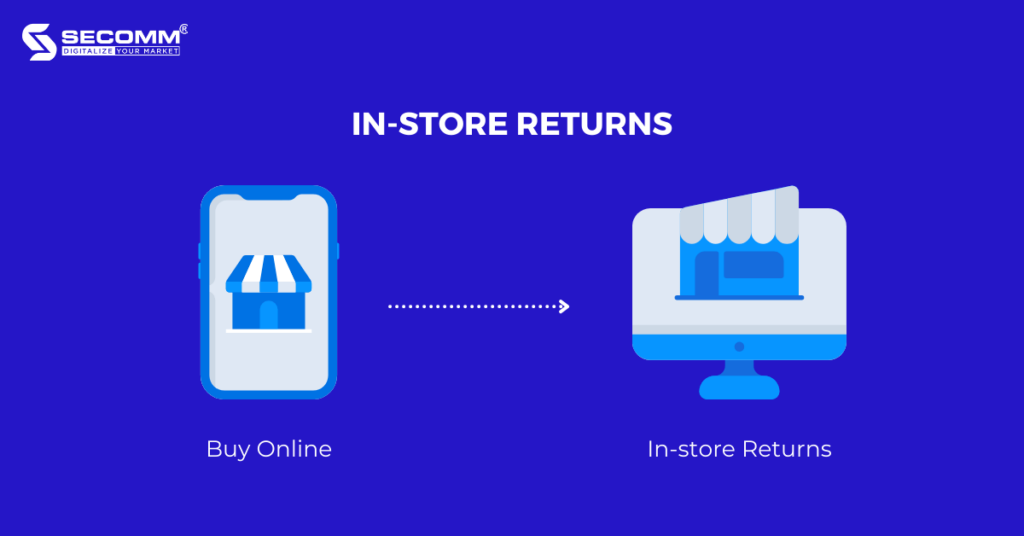
Loyalty Program is another great way to encourage customers to engage with the O2O shopping experience.
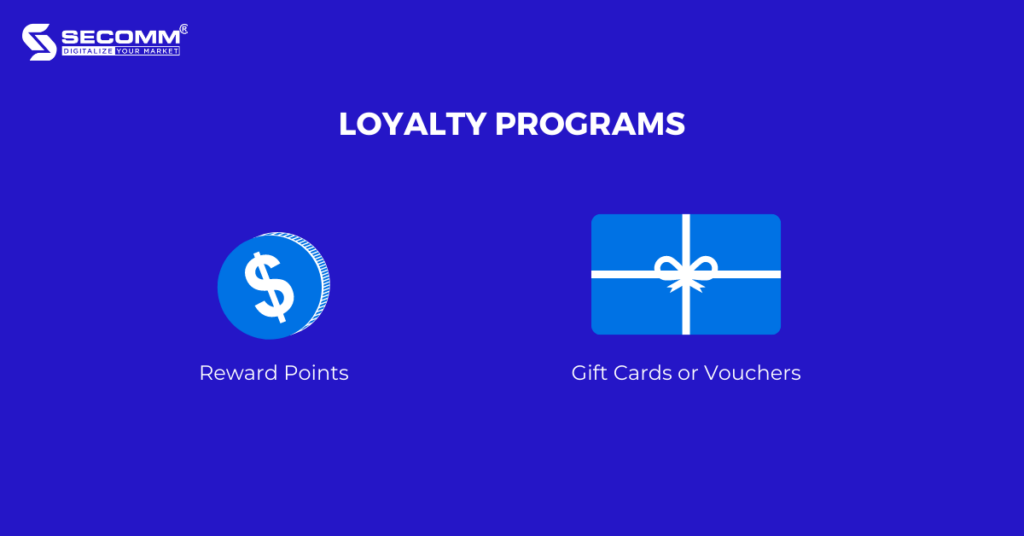
This is one of the popular types of loyalty programs. Every business can assign points to any items or user activities. While purchasing or joining any engaging program, customers will easily earn points afterward for later exchanging gift cards, vouchers, and even actual money which then encourages them to go back to spend more in order to get benefits from the gifts. As a result, reward points will boost sales and increase brand loyalty.
Gift cards can be used not just as gifting options but also as a powerful tool to get customers to spend in their outlet. Customers can use gift cards immediately or save for later purchases, or even give it to relatives and friends. As a result, relatives and friends are likely to become potential customers of the brand soon.

The first thing to do is identify the main objectives. If businesses haven’t built their online presence, they should do it immediately due to the rise of online shopping. If businesses already have their online presence (eCommerce website, mobile app, marketplace), it’s important to adjust their O2O Commerce strategy to increase sales online, offline, or both. They should also consider using some measurable metrics to ensure these objectives are appropriate and achievable.
Next is working with a team to raise ideas for the O2O Commerce strategy. Here are a few suggestions:
Then use these data to decide which strategies to try.
Once deciding on strategies to deploy O2O Commerce, businesses will use collected data to measure the success of those strategies and make the next business decisions. Looking back on the initial objectives when evaluating and adjusting the O2O marketing and business strategy, then considering the additional objectives if the original ones have been achieved.
Founded in 2014, SECOMM is specialized in providing O2O Commerce solutions. Over the years, SECOMM owns a massive fortune of O2O commercial projects with major domestic and international customers such as, Annam Gourmet, Trentham Estate, etc.
In particular, SECOMM provides a variety of services to support businesses to improve their competitiveness and dominate the retail market in the digital age including Solution Consulting, Core-team Building, and O2O System Development, including:
Business System
Administration System
Customer Experience Management System
Data system
Want to learn more about O2O Commerce as well as the best solutions to win the retail industry? Contact SECOMM now for a free consultation.
 2
2
 3,730
3,730
 0
0
 1
1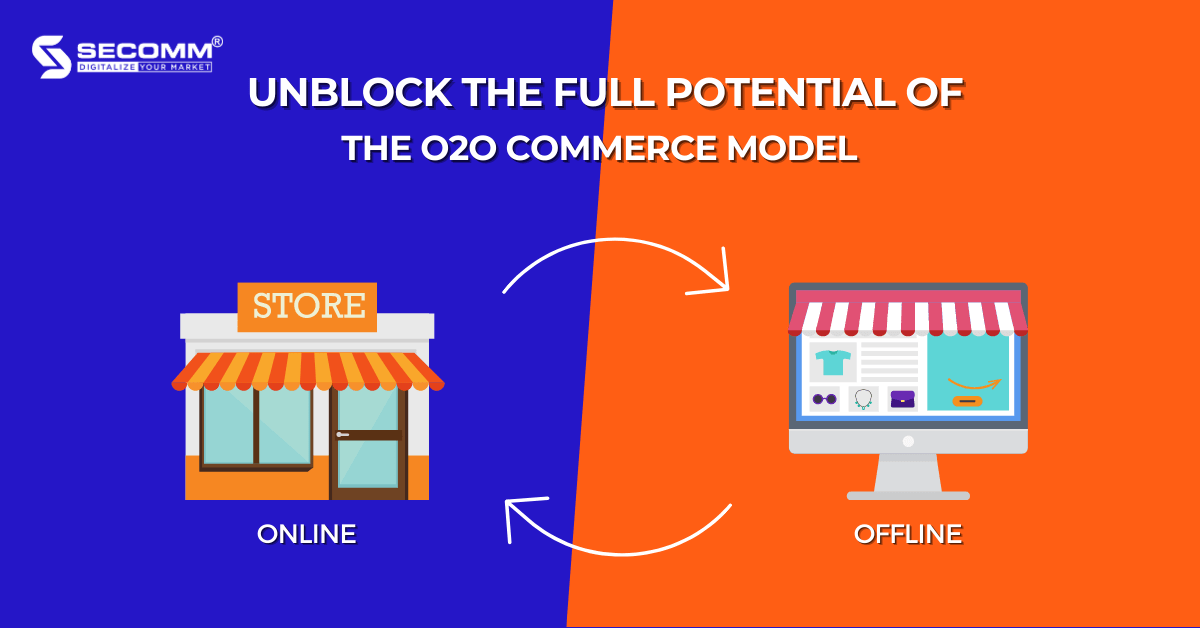
After Covid, eCommerce is on the rise and is expected to continue to thrive stronger and more resilient than ever. Global retail eCommerce sales reached $4.9 trillion in 2021, as stated by Statista. By 2025, this figure is projected to increase by 50% to approximately $7.4 trillion and there is no sign that the growth of online shopping will slow down anytime soon.
The expansion of eCommerce has raised concerns among physical store owners and urged them to embrace eCommerce quickly to avoid being left behind. It’s simple for businesses with a large budget, but other small and medium-sized businesses will not be able to move their entire operations online. Thus, the O2O Commerce model is the solution worth considering. Its popularity has been raised since 2021 and is expected to reach retailers soon.
O2O or Online-to-Offline Commerce Model is a business strategy that draws potential customers from online channels to make purchases in brick-and-mortar stores. This model aims to create a seamless shopping experience at all stages: before, during, and after purchasing.
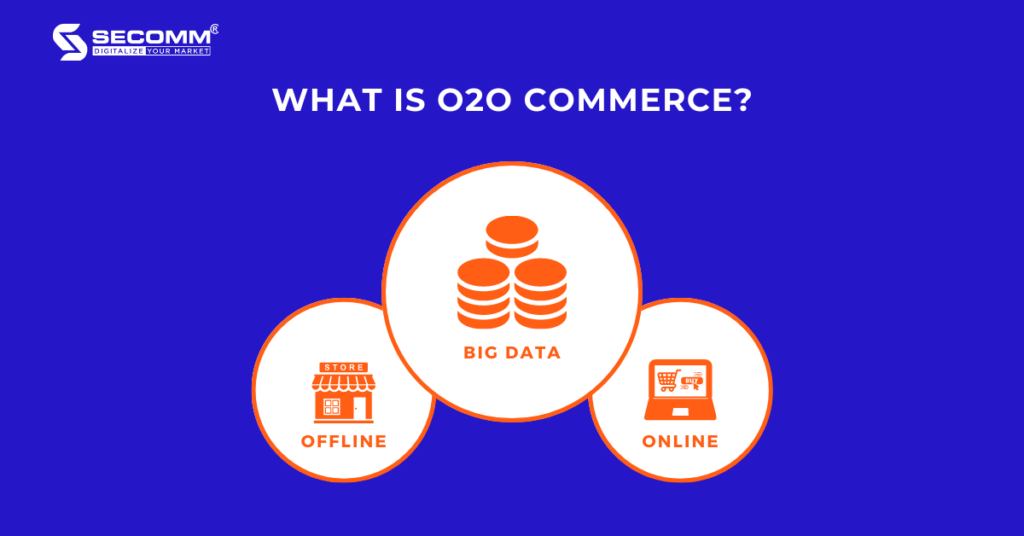
O2O Commerce combines online and offline business models. Its objective is to increase product awareness online, allowing customers to search for what they need before visiting a physical store to make a purchase. There are some O2O strategies that businesses can try including Buy Online Pick-up In-store (BOPIS), In-store Returns, Home Delivery, etc
For example:
That way, the customer can both take advantage of the discount code for the shirt, and try it on at the nearest store without having to wait for delivery. Moreover, he can completely return the shirt immediately and go to another store if he is not satisfied.
Home Delivery is also another popular strategy in the O2O world. It will take a few hours or a day. So, the man can buy his shirt online, select the home-delivery option and wait to get it. In another case, when going to the store to pick up the shirt, he sees and likes a jacket but needs help finding the right size or favorite color. He simply places an order online while in store and that desired jacket will be delivered to his door.
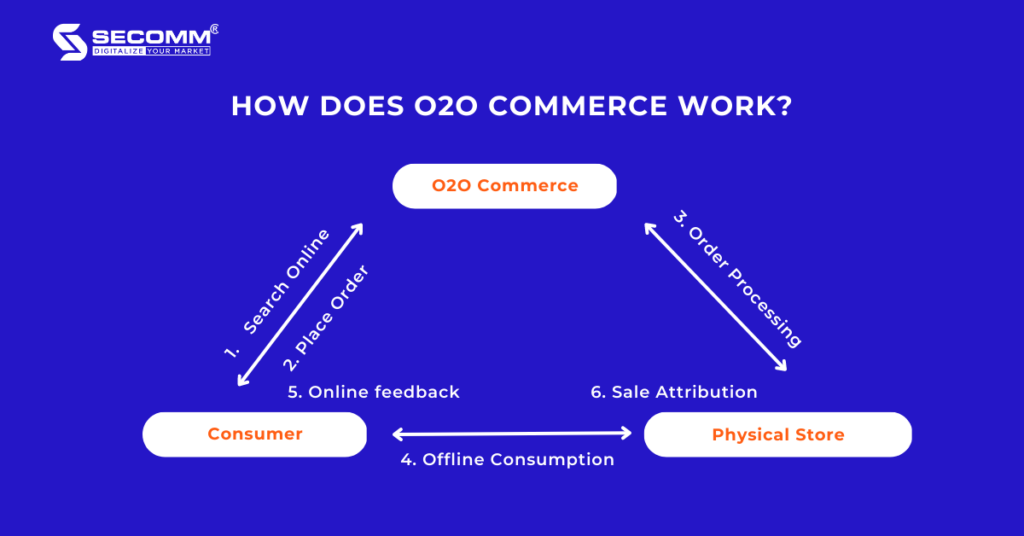

The example above may confuse the O2O commerce model and the Omnichannel commerce model. Although they both facilitate a more seamless shopping experience among channels, their main goals are quite different. While Omnichannel aims to integrate all sales channels in one ecosystem, O2O aims to bring potential online customers to physical stores to make purchases. Both strategies are designed to bridge the gap between online and offline sales, but O2O prioritizes a specific buying journey instead of multiple touchpoints in Omnichannel commerce.

One of the brands that understand what they are doing to connect in-store shopping with online shopping in a tight way is Topshop. By partnering with eCommerce website ShangPin to open retail stores in malls, with giant iPhones decorated in Topshop style, customers can access “The Mobile Adventure” by scanning a QR code to view and try on virtual Topshop fashion products in the store. Then they share their look on social media and place an order.

When it comes to fashion, Tommy Hilfiger has shown his agility when deploying the O2O model. In 2015, the brand launched digital showrooms, pioneering the fashion industry’s digital revolution. In 2016 they launched a chatbot through Facebook Messenger and in 2017 they launched the Hilfiger Club app with a loyalty program of personalized special offers and invitations to the brand’s events. All of that gives customers a good reason to come to the store.
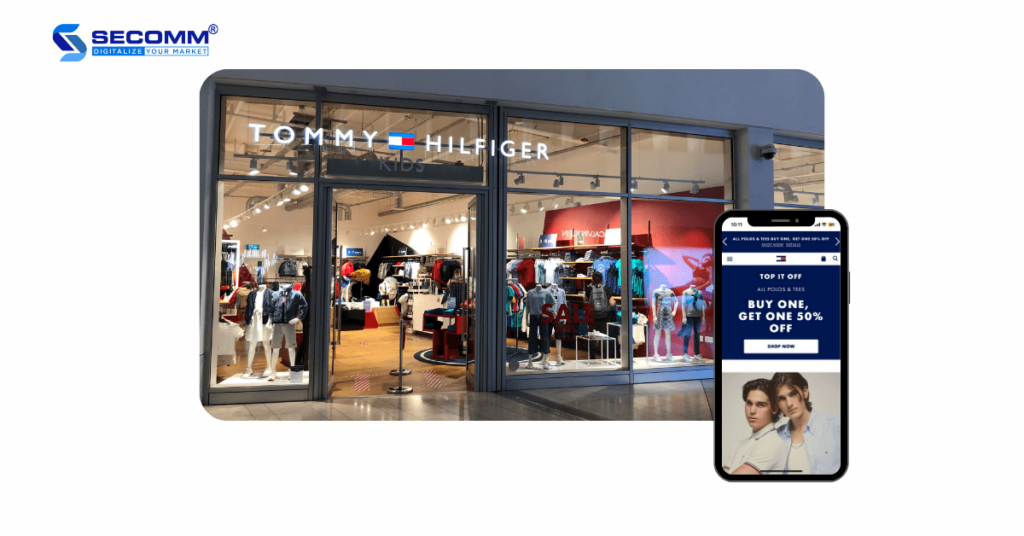
In recognition of the significance of an O2O commerce strategy, WeChat introduced a “Shake” feature that enables mobile users to connect to a nearby local business by shaking their phones. The retailer’s unique offers are then all accessible, encouraging customers to engage in the in-store buying experience.
Soon after, the 99 Ranch Market, a chain of Chinese-American supermarkets, benefited from the popularity of WeChat’s “Shake” feature and the rise of O2O among the Chinese community in the US. Customers can play a “beacon shake” game the company has created, which is activated by in-store beacons and gives them the chance to win a variety of prizes and coupons for their subsequent purchases.
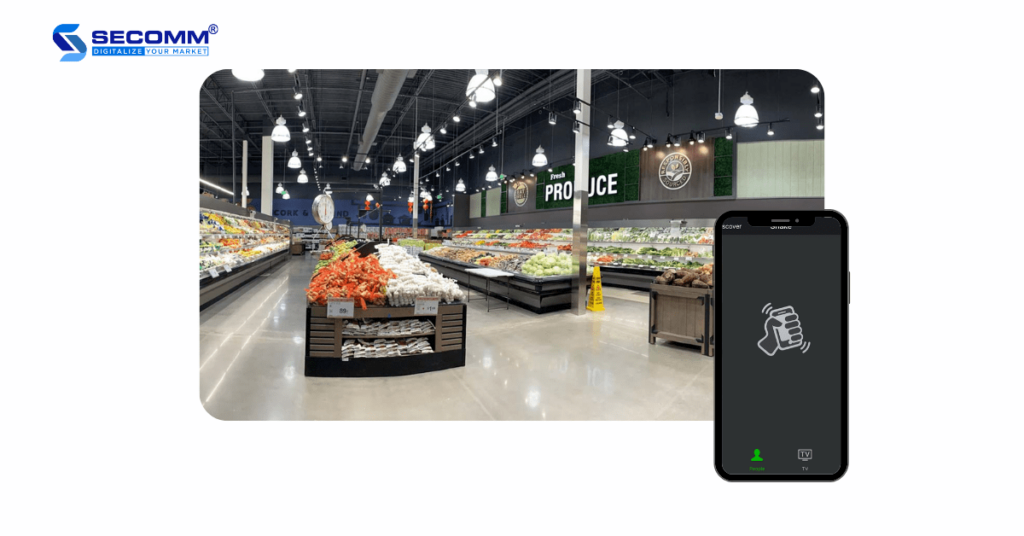
The O2O Commerce model is an incredible idea with great potential to change both online and offline sales in the eCommerce era. While customers can shop both in-store and online, brands can optimize engagement, conversion rates, and average order value.
Today, when customers’ expectations for online shopping are similar to offline shopping, one condition for physical stores to survive is to build their online presence quickly. The O2O strategy is about leveraging both online and offline channels, thereby enhancing brand loyalty, and providing a seamless Online-to-Offline shopping experience at all stages: before, during, and after purchases.
Want to know more? Contact our experts to learn more about O2O Commerce and how to implement it in your business.
 2
2
 4,931
4,931
 0
0
 1
1Subscribe to get the latest eBook!
Hotline